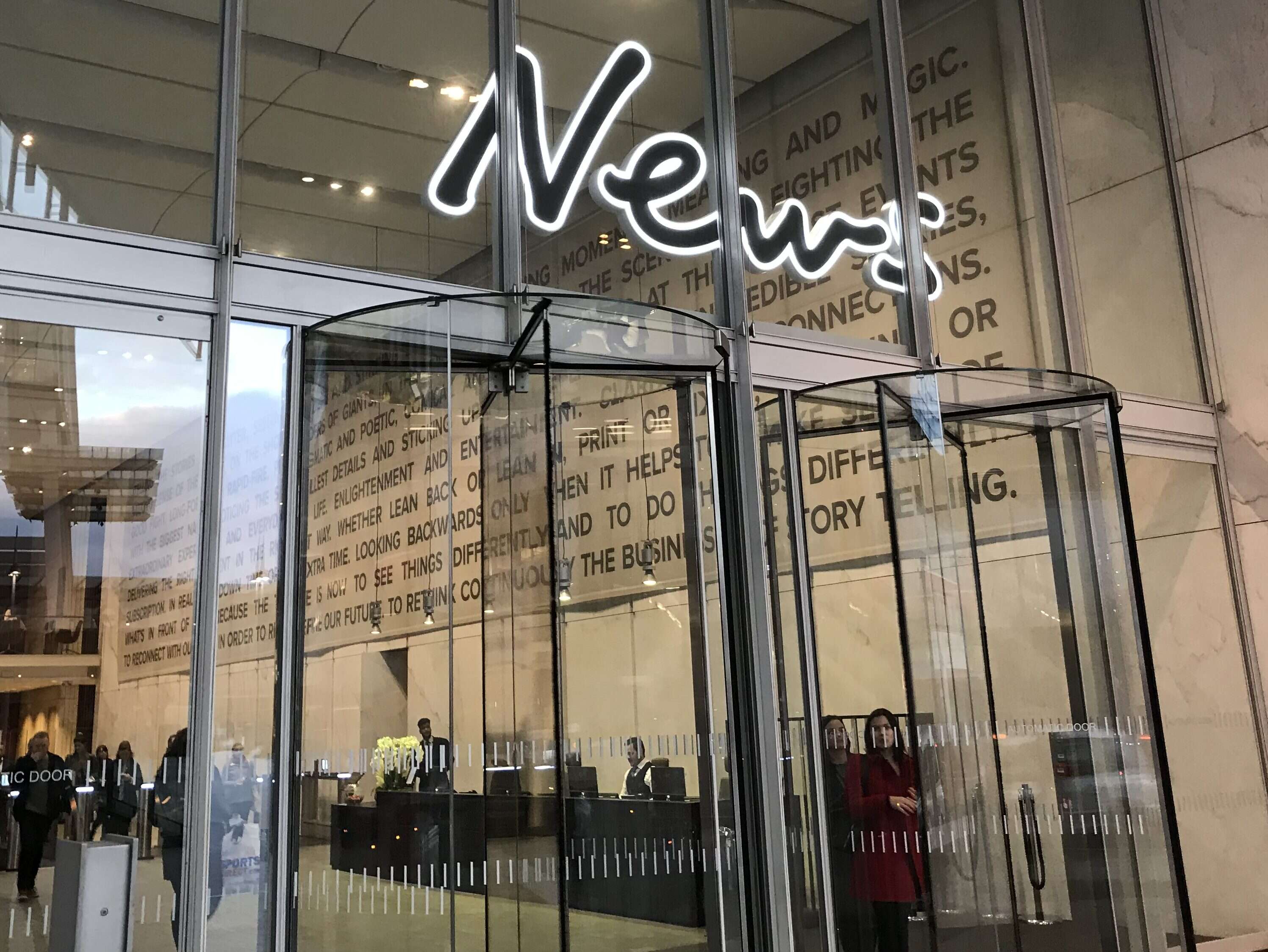
The Times gained an average of 1,000 new digital subscribers a day during the first two weeks of the Russian invasion of Ukraine, one of its highest ever growth rates.
Times head of digital Edward Roussel told Press Gazette that the rise came due to a mixture of people seeking out a trusted brand and the way the newsroom has innovated in response to covering the war.
He said The Times surpassed 400,000 digital subscribers earlier this year after gaining 60,000 digital subscribers in 2021. It is now planning to expand its reach on social media by investing in staff and joining TikTok.
Roussel said: “The trend that we’re seeing is that in moments of crisis, whether it’s the onset of coronavirus or Brexit, you see this shift towards trusted brands… The previous times when we’ve had that type of rate have been more connected with things like flash sales.”
He added: “But as a journalist, what’s interesting is when you have these moments of high drama, it’s where newsrooms really innovate.”
He explained that the five main ways the Times newsroom had been innovating its coverage during the conflict were more 24/7 reporting, video, audio, data visualisations and audience interaction.
On the importance of video, he said: “If you look at the role of video today, compared to the last time there was a major war in Europe which was 30 years ago during the Bosnian-Serbian crisis, it’s obviously night and day, it’s completely changed… And it shifts the challenge towards verification of content.”
Roussel said the Times is working with groups like Storyful to help it verify any social video it uses. For data visualisations related to the war, the title is ignoring data submitted by the two governments and focusing on third-party sources like the Institute for the Study of War.
The Times is also making use of open-source data, including using apps like Flightradar24 and Maritrace, to track the locations of the private jets and yachts of sanctioned Russian oligarchs.
Roughly seven Times and Sunday Times journalists, including veteran war correspondent Anthony Loyd and foreign correspondent Louise Callaghan, are reporting from the ground in Ukraine at any one time, often producing exclusive social media reports and appearing on Times Radio on top of their traditional duties.
Roussel said 24 February, the day Russia began its invasion of Ukraine, was “the biggest day in Times Radio’s history” in terms of total listening hours online and via the app and smart speakers. The station launched in June 2020.
He added that the first full week after the invasion set the station’s weekly listening record, with double-digit week-on-week growth in the breakfast and drivetime slots. Meanwhile the Stories of our Times podcast had a record 320,000 listeners last week.
On Instagram, Callaghan’s video reports from Ukraine have consistently gained more than 50,000 viewers according to Roussel.
The Times’ Instagram account now has more than 900,000 followers after gaining 30,000 new followers in the past two weeks, the fastest rate of growth the title has ever had.
Roussel described the social media growth as “extraordinary”, with 12.6 million views on Facebook in the fortnight after the invasion, an increase of 800% on the preceding fortnight. Twitter impressions were up by more than 40% with four million video views.
https://www.instagram.com/p/CawxBCLAYqt/
Roussel said: “It’s really important for us to have the capability to experiment with our storytelling. Probably the best place to do that is social media. I don’t think anybody under 25 is looking for the news in a place other than social media.”
He added: “Social distribution is becoming increasingly important to us, it represents roughly 15% to 17% of our total traffic on our website. So it’s important in terms of the growth of our total audience. It’s important also for our journalism.”
Roussel revealed The Times will now be hiring more staff to handle its social media output in the coming year, with plans also to launch an account on TikTok.
The brand also plans to invest heavily in growing its data journalism team. Having hired four data journalists in the last couple of months, Roussel said the main thing slowing its pace of hiring now is the challenge of “finding the right people”.
Despite being one of the first newspapers to introduce a paywall back in 2010, The Times now lags behind several of its competitors including The Guardian, The Telegraph and Financial Times which all have a higher paying digital readership.
Roussel said: “Our strategy is to build our digital subscriber base, the caveat is that we want to do it in a way that is sustainable. As somebody who’s worked in digital subscriptions for quite a long time, you can build up those audiences well and you can build up those audiences badly.”
He added: “And so our goal is to build it up methodically and in a sustained way. And sustained means that you have a high retention rate. And we want to avoid the pitfall of doing what some media companies are doing, which is aggressive discounting to bring people in.”
Correction: A previous version of this article stated quoted Edward Roussel as saying: “Social distribution is becoming increasingly important to us, it represents roughly 50% to 70%.” This has been updated to 15% to 17%. Press Gazette apologises for the error.
Picture: Press Gazette
Email pged@pressgazette.co.uk to point out mistakes, provide story tips or send in a letter for publication on our "Letters Page" blog
